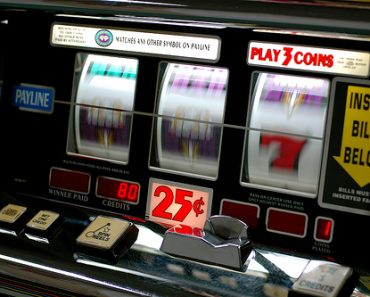Poker definitely has many ways in which a player can turn his fate and change his destiny. One of these ways is by drawing hands. A poker player usually draws a hand if he has an incomplete one in order to have a valuable one. For instance, when a player receives a hand that will more likely improve before the showdown, the player must draw another hand in order to stay in the game. On the other hand, if a player has a made hand, he will never need to make a draw to complete his hand. So if the opponent has a made hand that would surely win against the other player, then this player will only be drawing dead. However, you can utilize the concept of an out so you’ll have the opportunity to win the game.
Understanding Outs in Drawing Hands
An out refers to the unseen card that is needed to improve the hand of the potential winner. In understanding the concept of catching the out, you need to remember that playing a drawing hand has a greater possibility if catching an out is more likely than its pot odds. Here are the formulas usually used when calculating the out:
- P1 = (outs) / (unseen cards)
- P2 = 1-(nonouts)/(unseen cards) * (nonouts)-1/(unseen cards)-1
- Nonouts = unseen cards – outs
Different Kinds of Drawing Hands
Flush draw is also called the “four flush”. These are four cards of the same suit that can still improve to a flush. A flush draw usually has 9 outs (9 unseen cards).
Outside Straight Draw is also called the” up and down” or “open-ended “straight draw. These are usually four cards forming a sequence that will more likely improve to a straight. The outside straight draw usually has 8 outs, which means that there are four cards to complete the top part of the hand and four cards to complete the bottom.
Inside Straight Draw is also called the “belly buster” draw or the “gunshot”. This is usually a hand with four cards to complete a straight but the missing card is in the middle. The inside straight draw usually has four outs. An example of this is a straight draw with an ace.
Backdoor Draw is also called the “runner-runner” draw. This hand usually needs two outs to complete the win. For example, you’re playing Texas Hold’em and you receive a backdoor flush draw. The probability of catching two outs will be in the turn and the river. Backdoor draw is usually difficult to execute.


